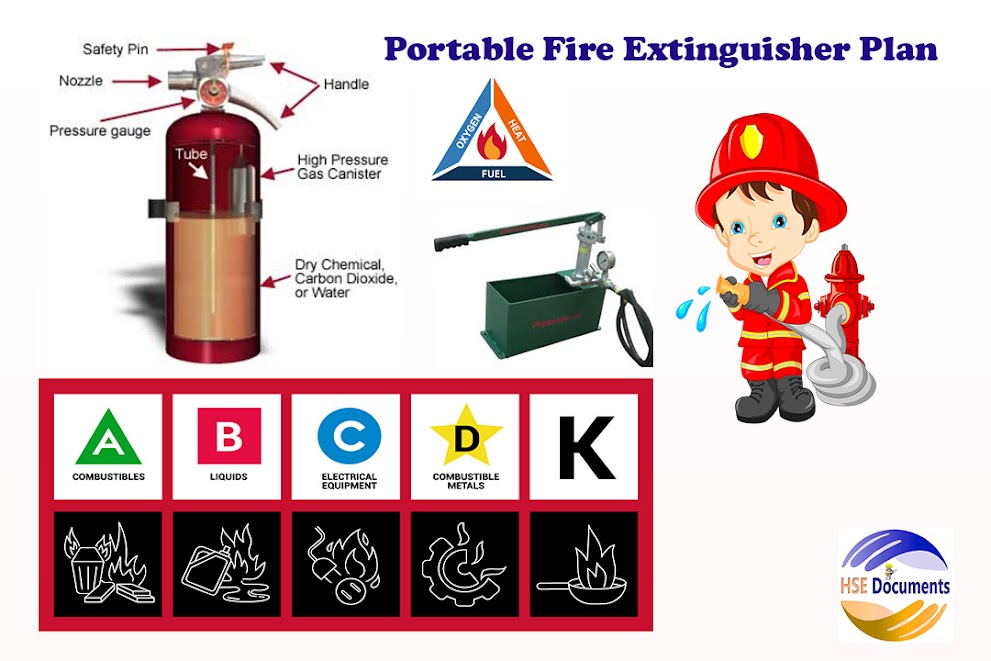Working on or Near Water (River) Safety Plan
Risks When Working Near Water?
While working in or near water activities/jobs, the risks include everything from slips, trips and falls to exposure to contaminated water. Some of the risks are described following:- Slips and trips at the water sources (edges)
- Moving heavy vehicles in docks, ports and harbors
- Insecure banks and unmarked edges of water reservoirs
- Contact with contaminated water (chemical, substances, polluted, biological, etc.)
- Manual handling and lifting hazards
- Exposure to Legionella Bacteria (Biological & viral)
- The risk of falling into water and drowning
- Contact with contaminated water, presenting, for example, the risk of Weil’s disease
- Drowning-related risks such as incoming tides and rising floodwaters
- Exposure to extreme weather CONDITIONS, whether it’s direct sunlight or cold temperatures
- Use of electrical equipment, tools, machinery around water, leading to electric shock electrical hazards
- Trips, slips and falls
- Impact with submerged objects
- Floating or submerged debris
- Hypothermia
- Sunburn and heat stress
- Insect/bee stings.
An Employer’s Responsibility
Before starting and mobilization of the work at the worksite (work near or in the water), it’s essential to conduct a risk assessment and hazard identification. We need to identify any potential hazards and assess the severity and range of risks designing a safe system of working (SSOW). All employees working on or near the water will also require to be aware of the risks and appropriately and well trained in working safely around water.
An essential part of the risk assessment and hazard identification is to evaluate the level, severity and possibility of risk. It will be crucial to consider who is at risk, and this may involve vulnerable groups such as young apprentices, expected mothers or migrant workers.
The controls the Risks the following initiatives must be taken:
- Lone working must not be allowed, if needed, co-workers should be there to watch very closely.
- Water Proofed communication devices must be available
- An emergency plan must be in place to tackle and handle emergencies.
- Appropriate provision must be available for first aid.
- Specialist training and equipment may be required for the proper first aid.
- Availability and provision of Lifebuoys, meeting an approved standard with an appropriate buoyant lifeline of adequate length attached, should be available within around 50m of any working position where a person could fall into the water.
- Reasonable personal buoyancy equipment, such as life jackets, should be provided by employers.
- Other PPE should be provided as mandatory to protect against other hazards, such as chemical exposure.
- Operators also required to cover broken skin and wash hands thoroughly after coming into contact with water from rat-contaminated areas.
- All electrical installations and equipment, tools, machinery should be constructed, installed, operated, protected and maintained to prevent the risk of danger from electric shock or burns.
- As mandatory, guard rails to prevent and safeguard falling into water are required, e.g. on walkways and platforms. Appropriate safety footwear may be needed to minimize the risk of slipping.
- Proper training, induction/orientations and supervision are mandatory and part of appropriate control measures.



















1.jpg)